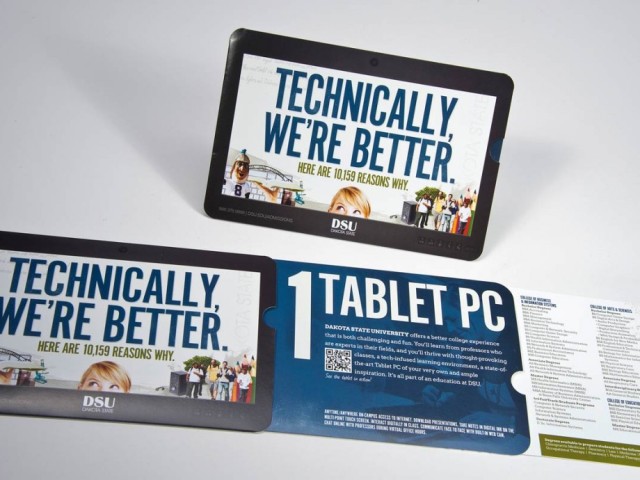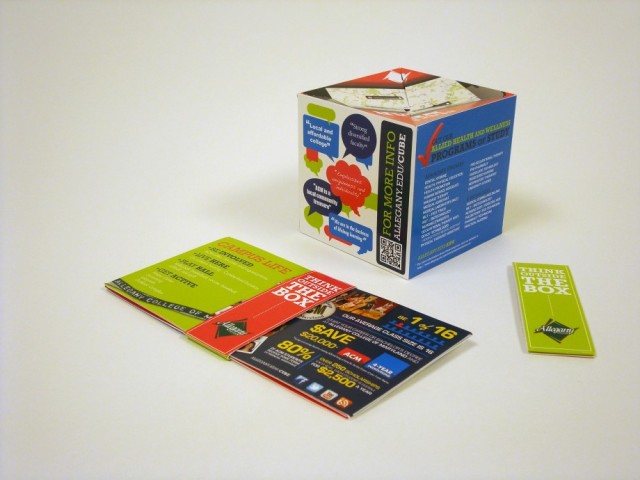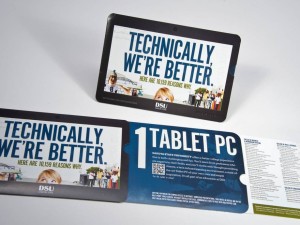Students aren’t the only ones who need to engage these days.
A couple weeks ago, I attended an Adweek webinar called, “Reboot Your Social Strategy: Build Customer Relationships on Sites That Deliver Real Value.” The seminar featured marketing experts Nate Elliott, a Forrester research analyst, and Jordan Kretchmer, Livefyre CEO, sharing information to help marketers manage their social marketing strategy in more efficient ways.
During the webinar, I was not at all surprised to learn that a new report from Forrester Research found that (organic) social media posts from top brands only reach about 2 percent of their fans and followers.
And yet marketers are constantly being pummeled with tips, trends, and studies urging them to pay more attention to the digital landscape.
I wholeheartedly agree that a strong online presence is critical to representing your brand, building awareness and engagement with important audiences. It’s also just plain awesome to be able to have such an intimate and conversational experience with people. But how many marketers are looking at the who they are reaching online, where those people are in the sales cycle/buying process and incorporating those insights into an unforgettable experience offline, too?
Recruitment = Relationship Building
In short, how many higher ed marketers are embracing the omnichannel approach and merging the online experience into other parts of their marketing?

The creative and strategic teams at Structural Graphics use interactive print to create an “optimum online experience” that can be customized to higher education audiences. This means:
— Building personalized website landing pages that further university awareness and engagement, i.e. gather info about the customer, learn what interests them and where they drop off.
— Targeting communications to fit each student or potential student at the right place in their journey.
— Using various marketing channels (print, digital, mobile) — that work in strategic tandem with social media — to create personal, lasting connections.
Like marketing expert Bob Fullerton says, “Be what you are and what people know you are.” But more importantly, know your prospects well and figure out how what you are can be useful to them — then develop important experiences to reach them.

After all, if you’re not serving a purpose to people than you’re just trying to be louder than the next guy, right?
See examples of how higher ed brands are personalizing their marketing experiences with interactive print.
And in case you’re curious…
Here are a few more pointers I picked up from that webinar:
— Get people to follow your brand directly (lead them to your website vs. social site)
— Identify the social sites that work best for your brand.
— Focus on reaching people important to what you do, then foster engagement with them.
— Integrate social media feedback into your website (i.e. comments, forums, pics, video, etc.)
— Use paid media to help drive traffic and engage your audience.
— Utilize relevant content from all over the web.
